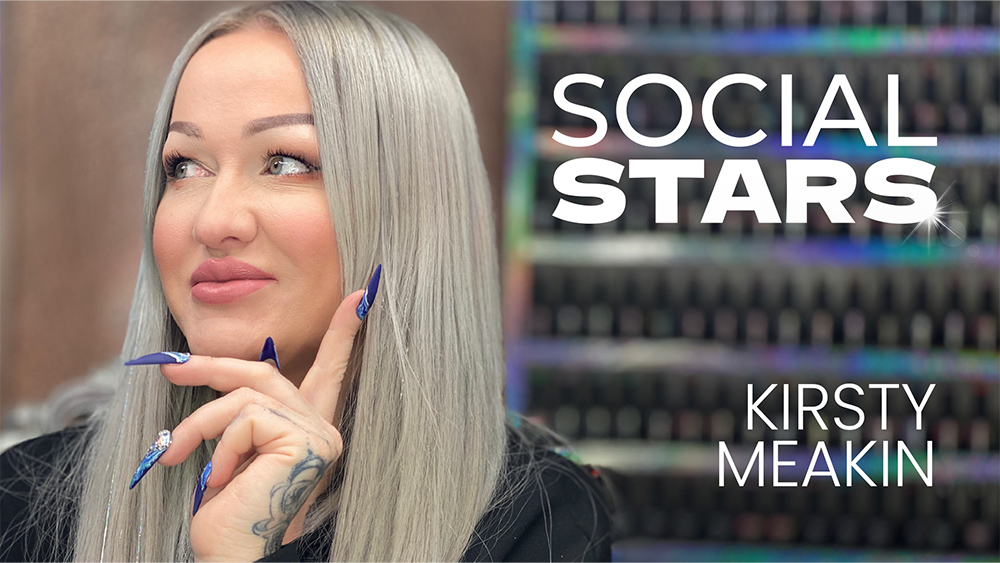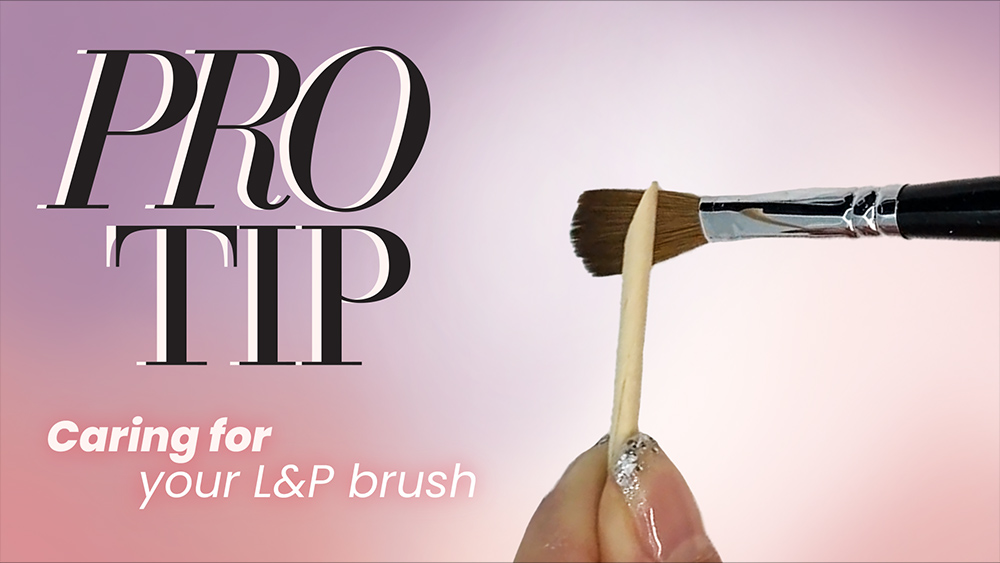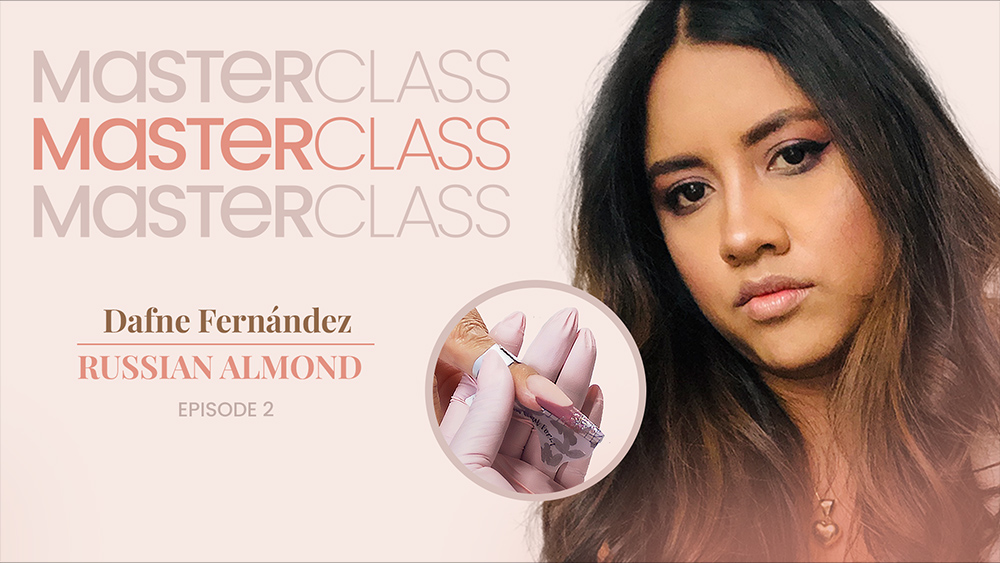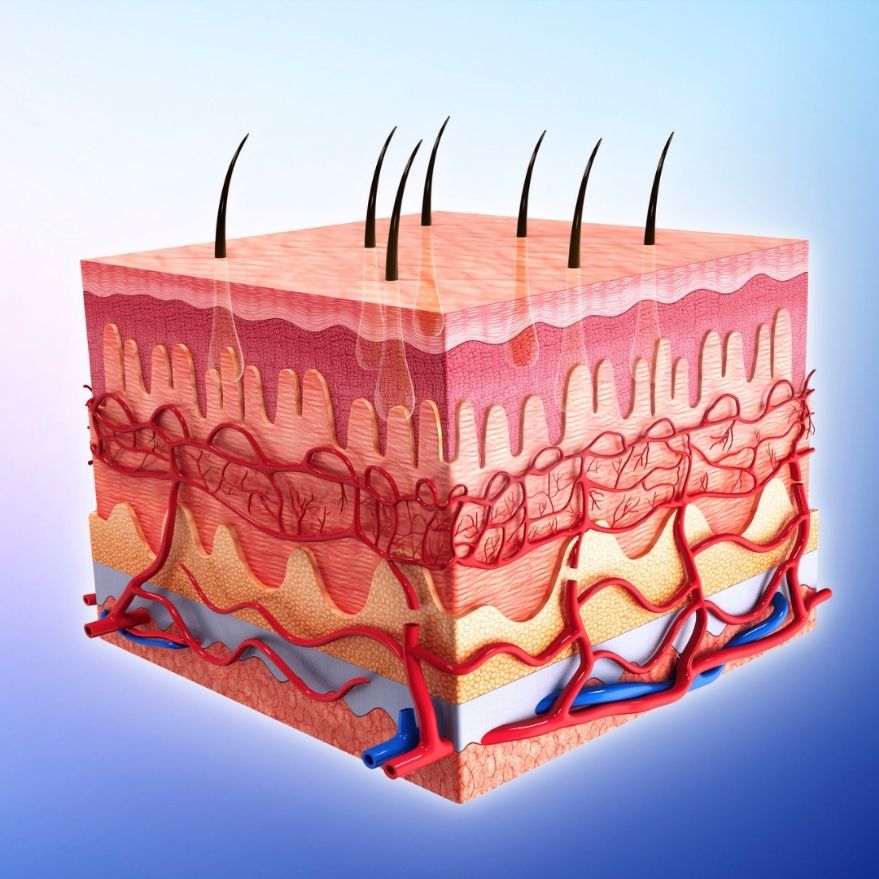
EPIDERMIS [ep-i-dur-mis]
What it is: The top layer of skin tissue that covers the body, and is easily shed through exfoliation.


What it is: The top layer of skin tissue that covers the body, and is easily shed through exfoliation.
![]()

What it is: A corrosive product formulated to soften the thickened skin tissue on the foot prior to reducing and smoothing during a pedicure.
How to use it: Used during a pedicure service to soften hard callused skin on the foot so that it can be easily reduced and smoothed.
How to apply it: Usually squeezed from a bottle or dispensed as a spray directly onto the callus, being careful not to touch any healthy skin tissue.
How to remove it: If needed, wash away with warm soapy water.
How to store it: Store with lids tightly closed in a cool, dry place and keep away from heat and light.

What it is: A fold of skin at the base of the nail plate working in unison with the eponychium to seal and prevent pathogens from entering the nail’s matrix.
What it is: A cosmetic service performed on the feet by a licensed cosmetologist or nail professional. Can include exfoliating the skin and callus reduction, as well as trimming, shaping and polishing toenails; a pedicure often includes foot massage and can have luxury add-ons for a more specialist treatment such as paraffin wax, heated booties, masques.
Why to use it: A therapeutic service that removes dead and hard callused skin, while shaping and treating toenail conditions. Can be cosmetic and for pampering purposes as well as for physical improvement.
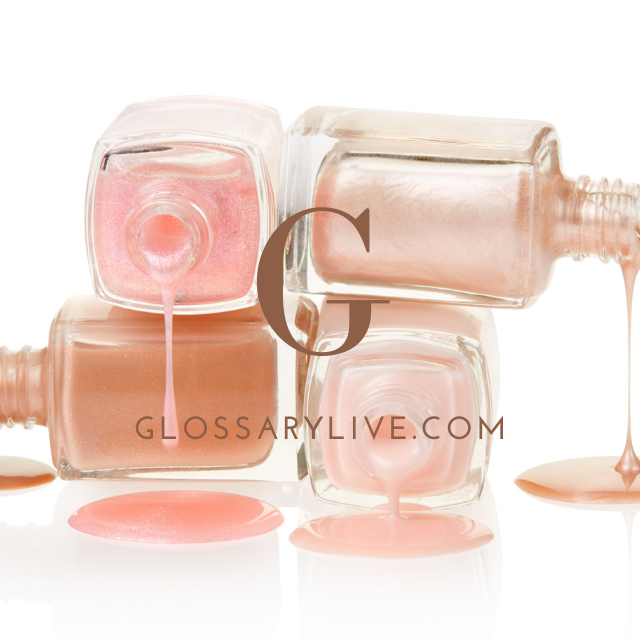
What it is: AKA lacquer, enamel. A bottle & brush formula of polymer resins, plastisizers, solvents & pigments that create a hard, flexible nail coating.
How to use it: Used to beautify or strengthen the nail.
How to apply it: Most often used with a base coat, then 2 layers of color, then finished with a shiny or matte top coat.
How to remove it: Apply acetone or polish remover on a cotton pad, then gently press to the nail & slowly pull off the nail polish towards the free edge.
How to store it: Store with lids tightly closed in a cool, dry place & keep away from heat & light.
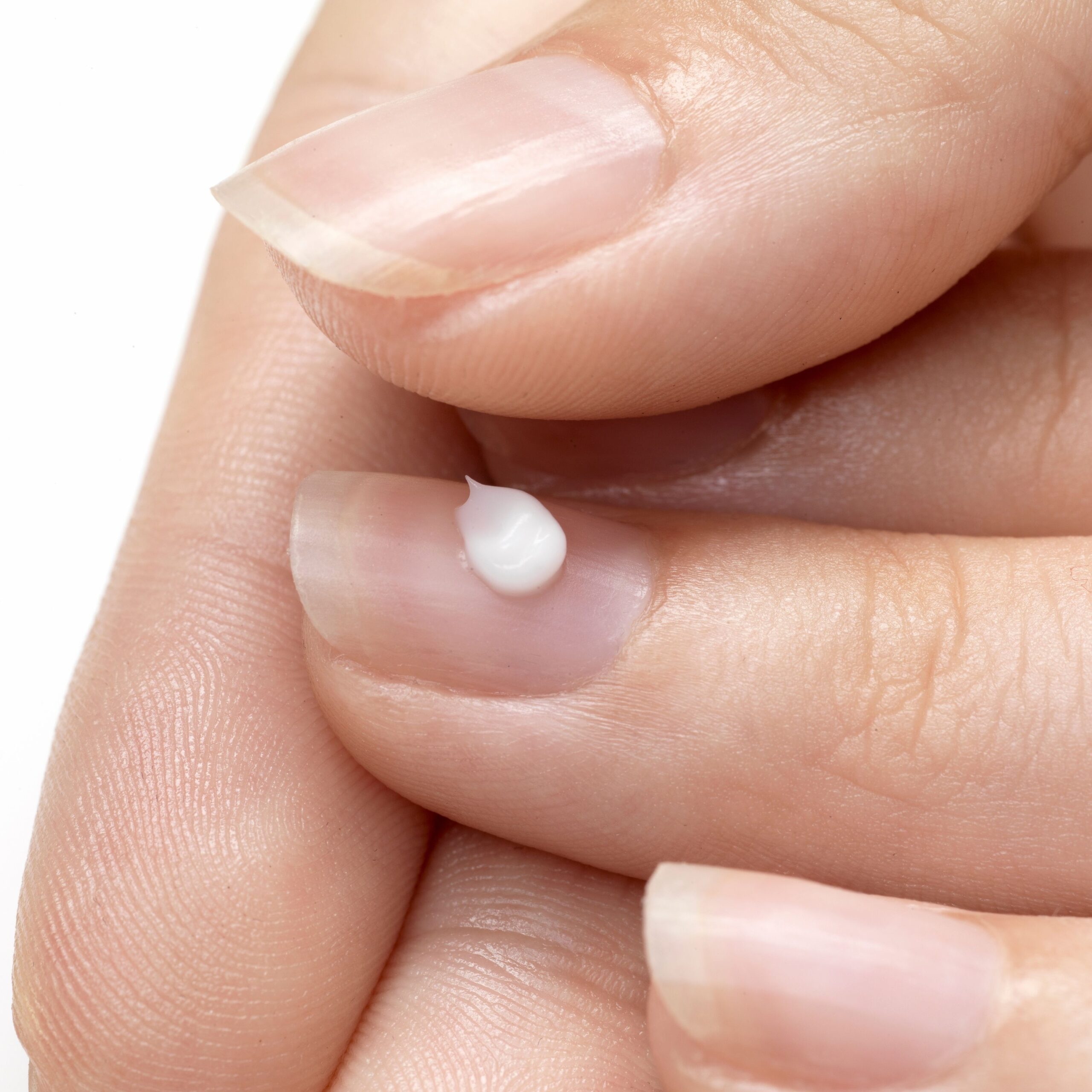
What it is: Used on the natural nail and surrounding skin to condition and protect, it acts as a barrier product, which contains ingredients designed to seal the surface and hold sub-dermal moisture in the skin.
How to use it: Rub and massage into the nail and surrounding skin to stimulate the matrix by increasing blood circulation, while conditioning and protecting the nail. Aids in healing and repairing damage, helps address any roughness and softens tough skin at the eponychium.
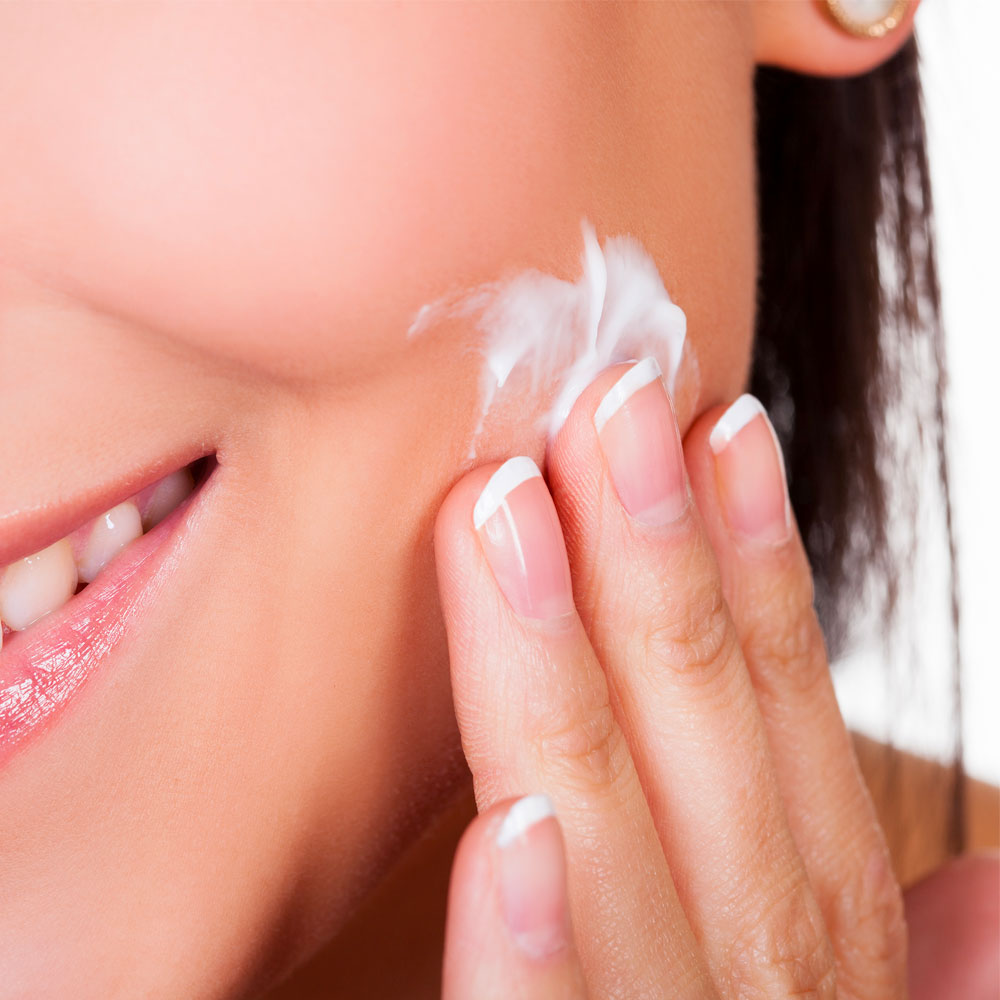
What it is: A preparation (such as a lotion or cream) applied to the skin to prevent or relieve dryness.
How to use it: Used in nail services to help treat dry skin and prevent it from drying out again. Moisturizers do this by holding water in the stratum corneum, the outermost layer of the skin. (Lanolin, the conditioning secretion from sheep’s skin found in their wool, is an ingredient used in many skin and hair care products used for its moisturizing ability.)
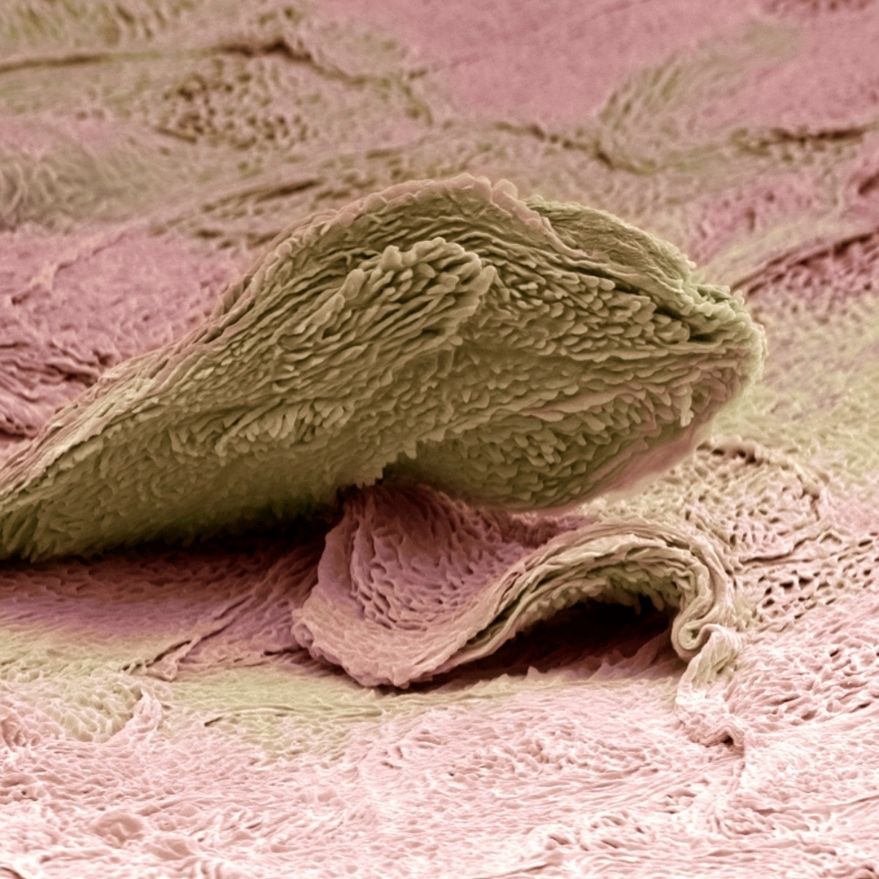
What it is: The building blocks that create the layers of the nail plate.
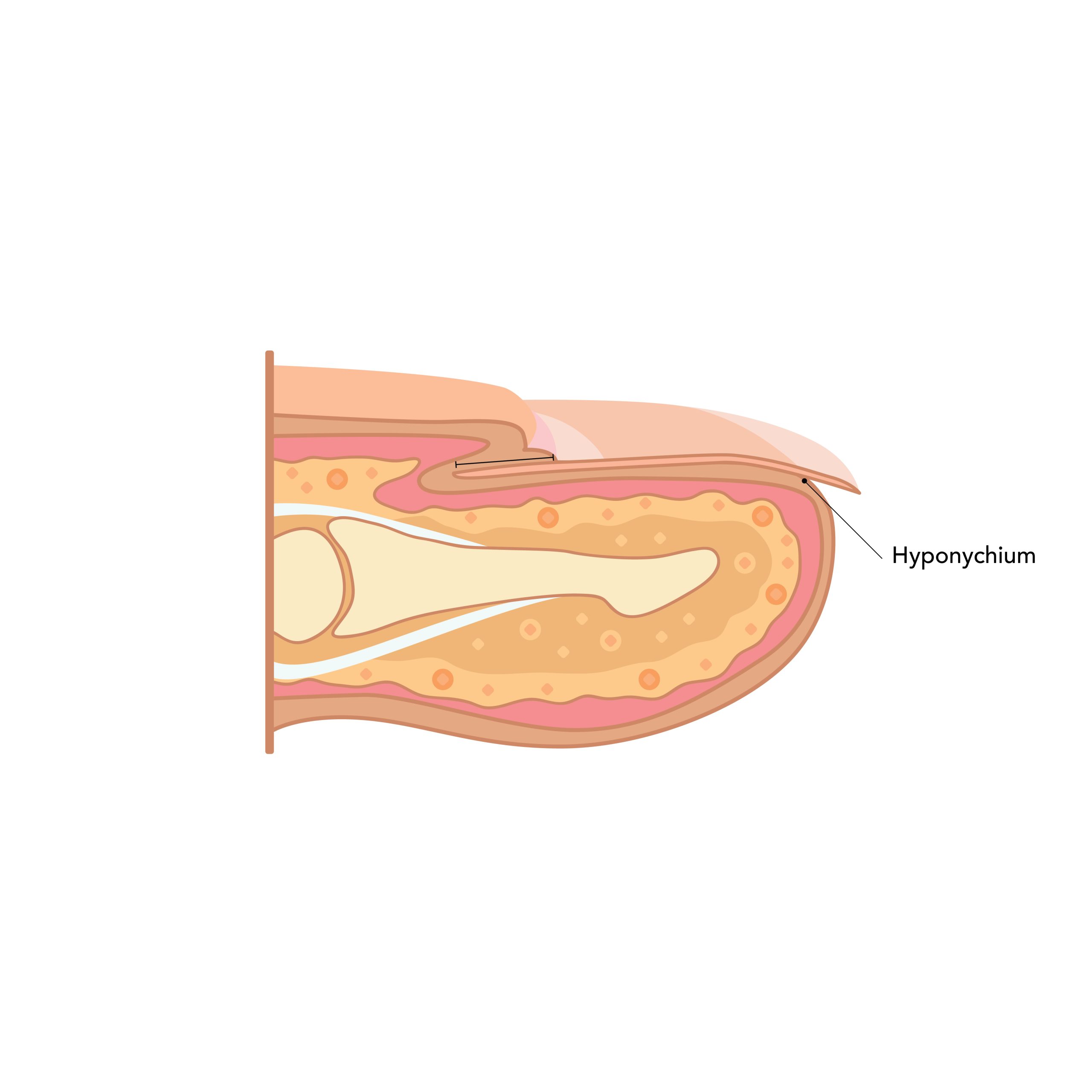
What it is: Located just under the free edge of the natural nail, it’s living tissue that creates a seal between the nail plate and nail bed along the distal nail plate.
What it’s for: It’s purpose is to act as a barrier from germs and debris; preventing external substances from gaining access.
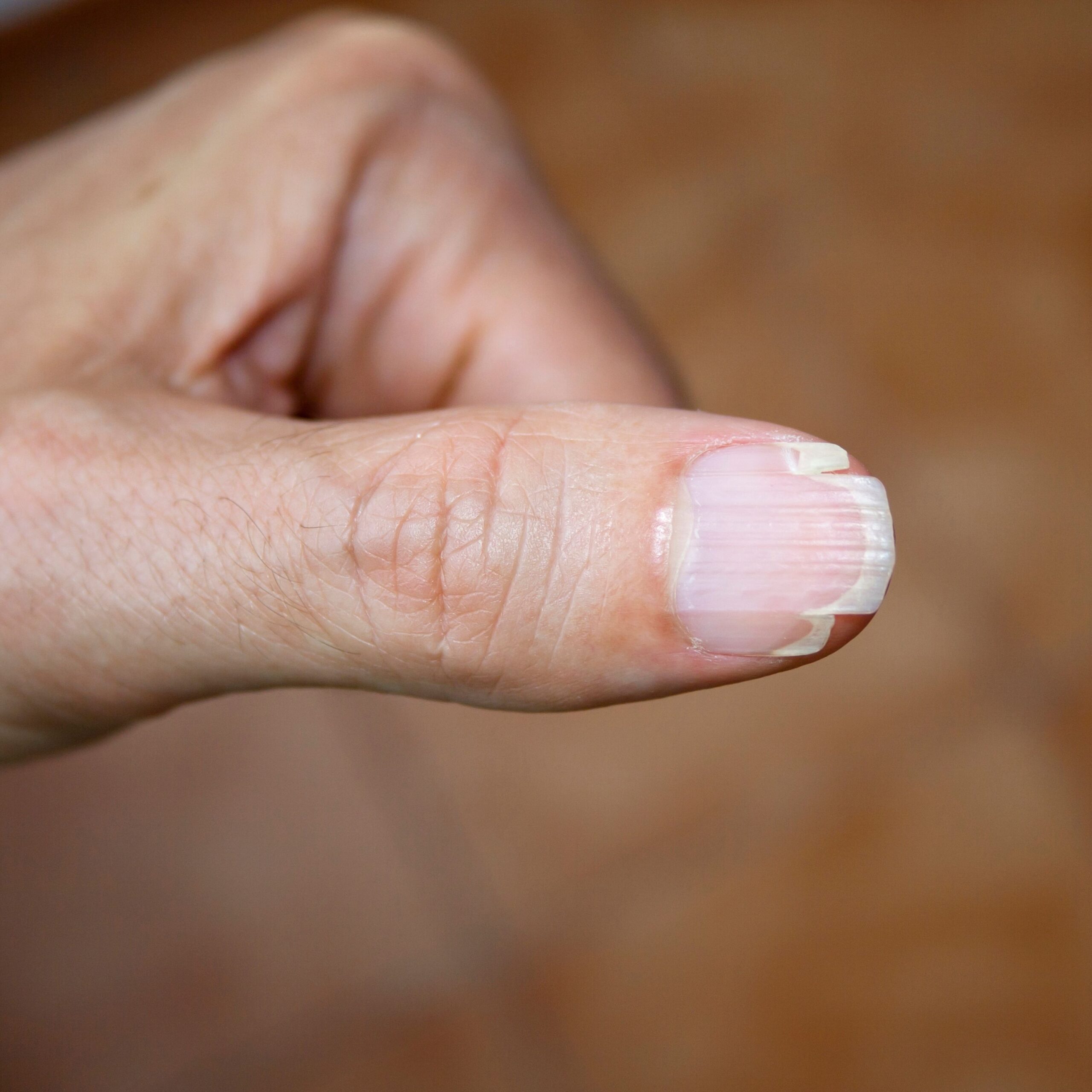
What it is: A process that involves the separation of two or more layers, such as the separation of the layers of the nail plate. It is characterized by the peeling and flaking of the free edge. The medical name for peeling nails is onychoschizia.
Why does it occur: It can be a result of the hands being in water too often from household chores or excessive hand washing and the nails becoming soft. It can also occur if the nails are picked at or pressed, which can result in trauma.
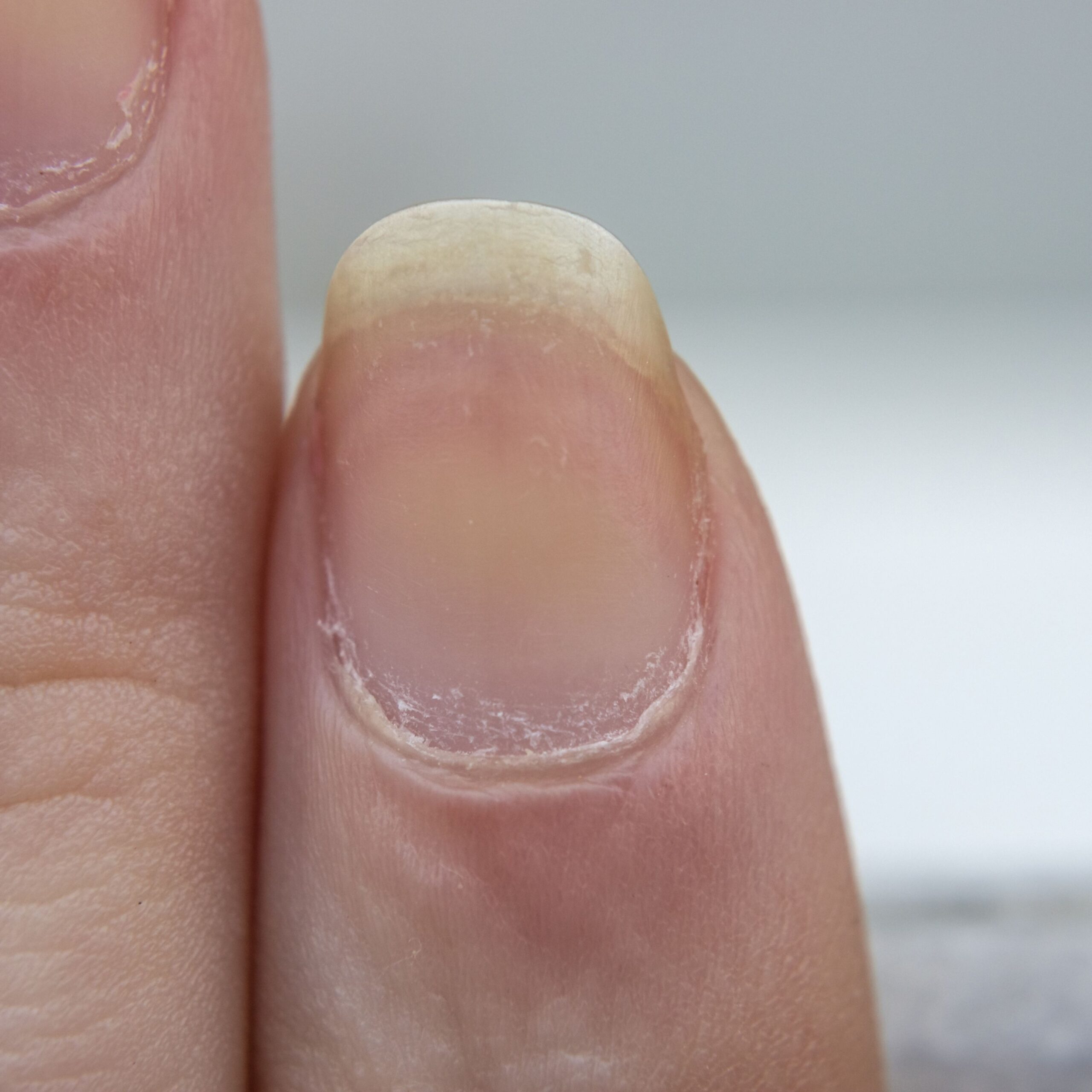
What it is: Thin layer of translucent dead tissue, which the eponychium (living tissue) sheds. After being shed, the cuticle adheres to the nail plate. The eponychium, also known as the proximal nail fold, forms a seal to keep pathogens from entering and infecting the matrix area. The eponychium, which borders the base of the nail plate, is gently pushed back during nail prep/manicure service, whereas the cuticle is gently scraped off to create a clean base.
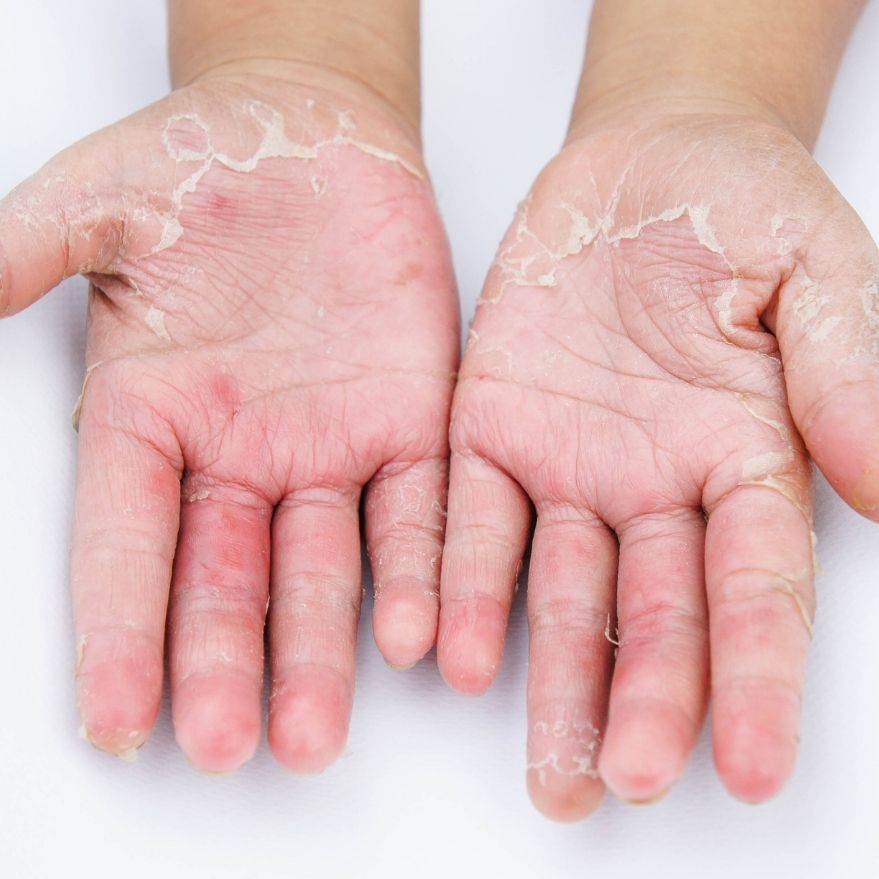
What it is: Contact dermatitis is a red, itchy rash caused by direct contact with a substance or an allergic reaction to it. The rash isn’t contagious or life-threatening, but can be very uncomfortable. Symptoms depend on the cause and how sensitive a person is to the substance. There are three types of contact dermatitis; allergic, irritant and photocontact.
What to do: Seek medical advice. Contact dermatitis usually occurs on areas of the body that have been directly exposed to the reaction-causing substance; in the case of hairdressers and nail professionals, it’s the hands that come into contact with the products. The rash usually develops within minutes to hours of exposure and can last two to four weeks.
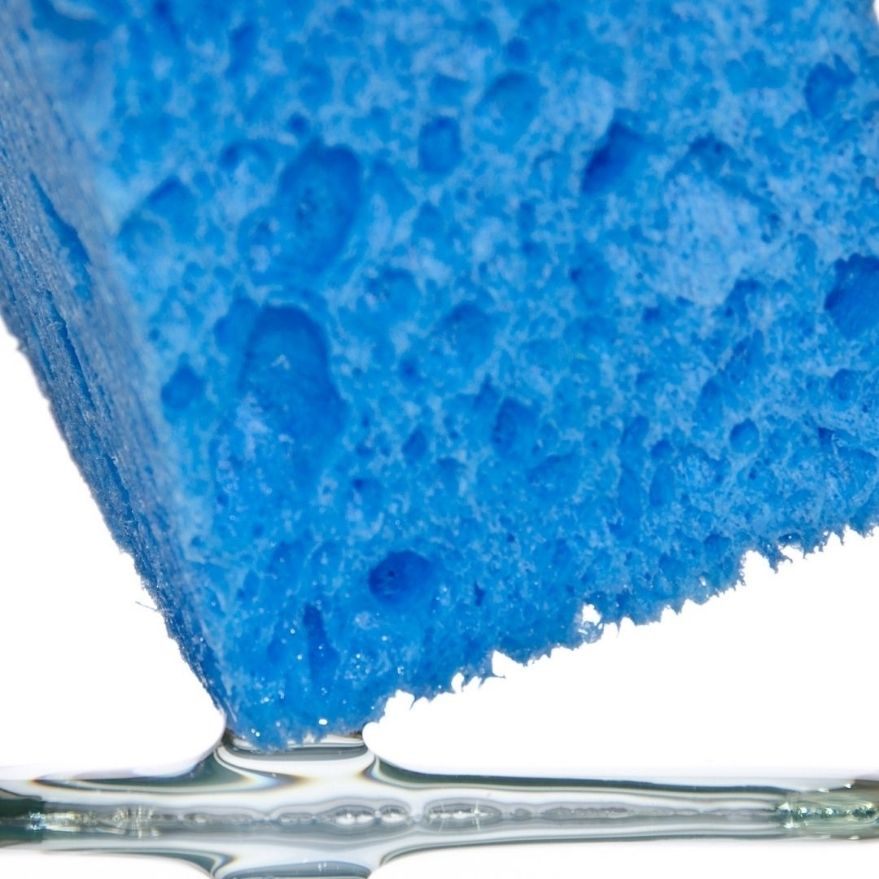
What it is: The process of which one thing absorbs or is absorbed by another.


